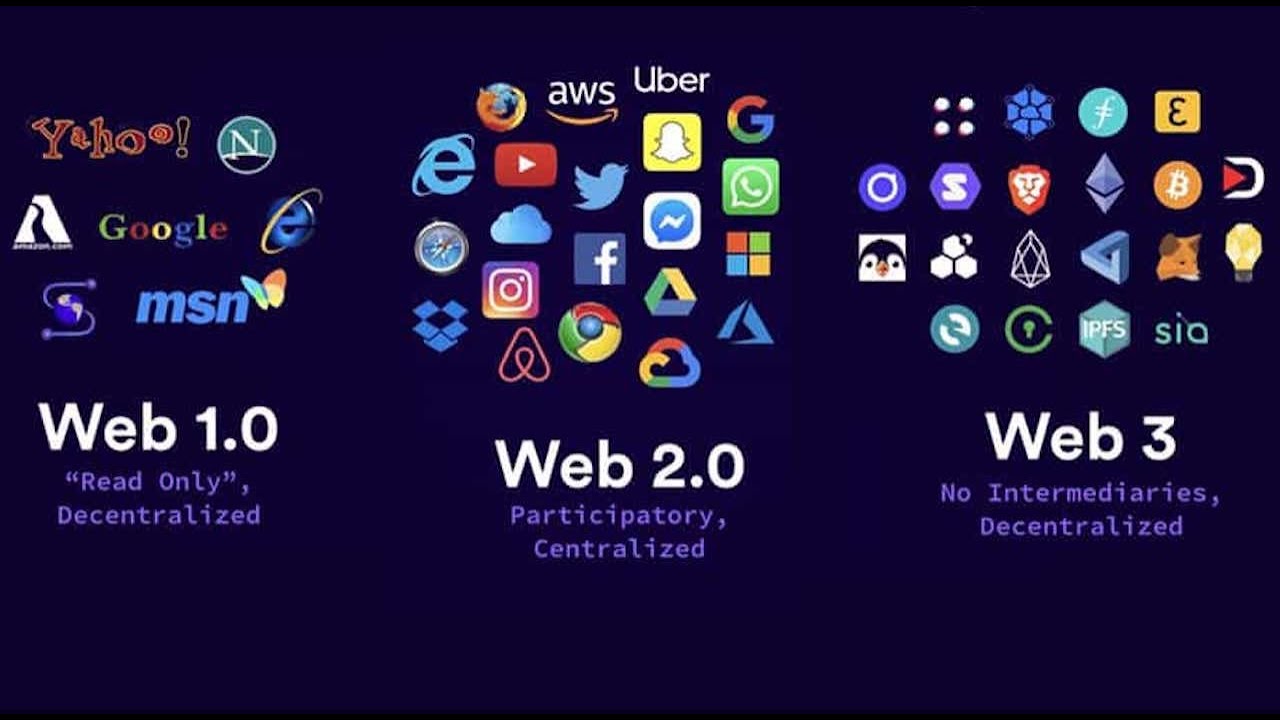


Hey there, design enthusiasts! Buckle up for a trip through time – well, internet time that is. Today, we're diving into the fascinating evolution of websites, from the humble beginnings of Web 1.0 to the mind-blowing possibilities of Web 3.0. Get ready for a healthy dose of nostalgia, a peek into the future, and everything in between!
Remember those clunky websites filled with static text and low-resolution images? That, my friends, was Web 1.0 – a one-way street where information flowed from creators to consumers. Think of it as a giant online library, with you simply flipping through digital pages. Not exactly interactive, but it laid the foundation for the web as we know it.
Then came Web 2.0, the era of user-generated content and social interaction. Websites became dynamic platforms where users could create, share, and connect. Think Facebook, YouTube, and the explosion of blogs. Suddenly, websites weren't just repositories of information, they were communities.
This user-centric approach demanded a new focus on User Interface (UI) and User Experience (UX) design. Websites needed to be not just informative, but engaging. Enter the wonderful world of animation, microinteractions, and motion design. Websites became a canvas for storytelling, with smooth transitions, delightful micro-interactions, and subtle animations guiding users on a journey.
But wait, there's more! The story doesn't end with pretty animations. Web 2.0 also saw the rise of Artificial Intelligence (AI) tools that are fundamentally changing how websites work. Chatbots answer our questions in real-time, product recommendations become eerily accurate, and content personalizes itself to our every whim. It's like your website is starting to read your mind (in a good way, we promise).
Now, we're hurtling towards Web 3.0, a future where websites are not just interactive, but intelligent. Imagine a web built on blockchain technology, where data is decentralized and users own their information. Websites will understand not just our actions, but our context and intent. Think personalized learning platforms that adapt to your pace, or e-commerce experiences that curate products based on your requirements.
The future of web design is brimming with possibilities. We can expect even more sophisticated animations, voice interfaces that seamlessly blend with visuals, and AI-powered chatbots that become indistinguishable from real people. Websites will evolve into dynamic, ever-changing ecosystems that respond to our needs and desires in real-time.
Well, it means we get to be at the forefront of this exciting revolution! We need to embrace new technologies, develop creative ways to integrate AI, and push the boundaries of user experience. The future belongs to those who can design websites that are not just beautiful, but truly intelligent and delightful to use.